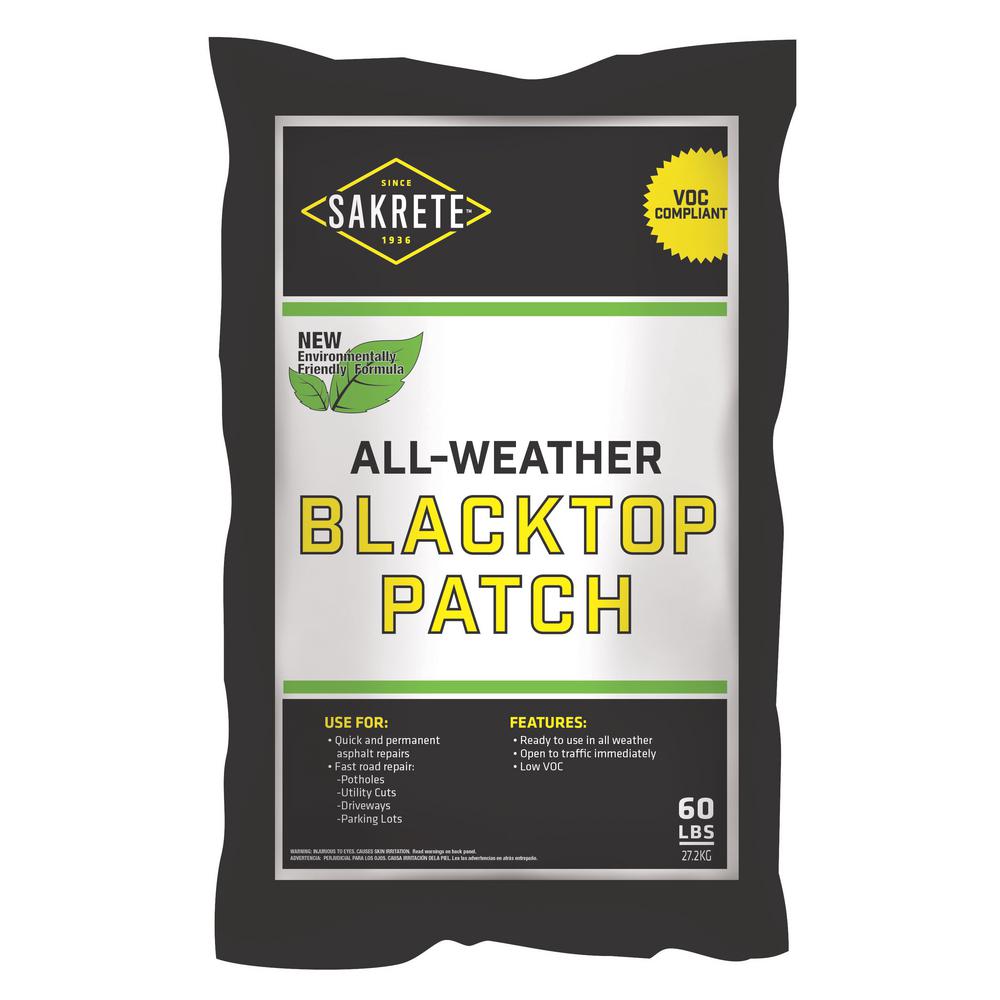

When applying roof coatings, remember that virtually all surfaces to be coated must be clean, dry, and free of contaminants such as dirt, oil, grease, delaminated areas of previous coatings, and other debris.ĭo not apply roof coatings on wet or damp surfaces. The manufacturer’s product data sheet will also provide coating application instructions (like whether reinforcement fabric is needed, coverage rate, etc.).

Some types of coatings are subject to environmental and health restrictions. You can find these data sheets online at the manufacturer’s website.īefore purchasing and applying a roof coating material, be sure to check whether a material is legal to use in your jurisdiction. You can find the safety information in the manufacturer’s technical data sheet and material safety data sheets for the actual product you are considering using. Some of these coatings are extremely toxic during application and all manufacturer’s safety guidelines must be followed. It is very important to read the manufacturer’s safety information before working with roof coating materials.
Asphalt emulsion home depot professional#
It will remain trapped in the sheathing, laying the groundwork for dry-rot and mold.Īnother good source for impartial information about the roof coating products marketed for use on asphalt shingles is Myth Busting: The risks and unverified benefits of field coating asphalt shingles in Professional Roofing magazine (published by the National Roofing Contractors Association). If you coat the roof, that moisture will have nowhere to go. Heating and air conditioning lead to different levels of humidity and temperature between the inside of the house and the outside air. The moisture that accumulates in the roof sheathing generally comes from interior humidity which condenses on the underside of the roof sheathing. If this occurs, it may contribute to moisture accumulation within the roofing system.” In addition, non-permeable roof coatings may create a vapor-retarding layer by sealing the voids around and between the shingles. “the problems reported after asphalt shingle roofs have been field coated include shrinking of the coating, which may result in unsightly curling and/or cupping of the shingles or loosening of the granule surfacing of the asphalt shingles. “coatings may negatively impact the performance characteristics (including the fire classification, algae resistance, impact resistance, etc.) of the roof assembly” According to the Asphalt Roofing Manufacturers Association: In almost no case will a roof coating be suitable for a pitched roof. This is simply a bad idea and goes against the recommendations of every reputable shingle manufacturer. When precision is necessary, always refer to the data sheets of the actual, specific product you intend to use, or contact the technical department of the coating manufacturer. This information should not be used if precise values are needed for critical design calculations. Most of the information was compiled from a wide assortment of manufacturers’ technical data sheets or material safety data sheets for actual coating products, and should be considered to be representative but not definitive. This page provides general information about various types of roof coatings.

SEBS Roof Coatings (styrene ethylene butadiene styrene).PVDF Roof Coatings (Polyvinylidene Fluoride).PUMA Roof Coatings (Polyurethane Modified Acrylic).Asphalt Emulsion (Water-Based) Roof Coatings.Asphalt Cutback (Solvent-Based) Roof Coatings.Types of Roof Coatings by Coating Material.Substrate Preparation for Roof Coatings.Applying an aluminized roof coating to a built-up roof with a roller Table of Contents


 0 kommentar(er)
0 kommentar(er)
